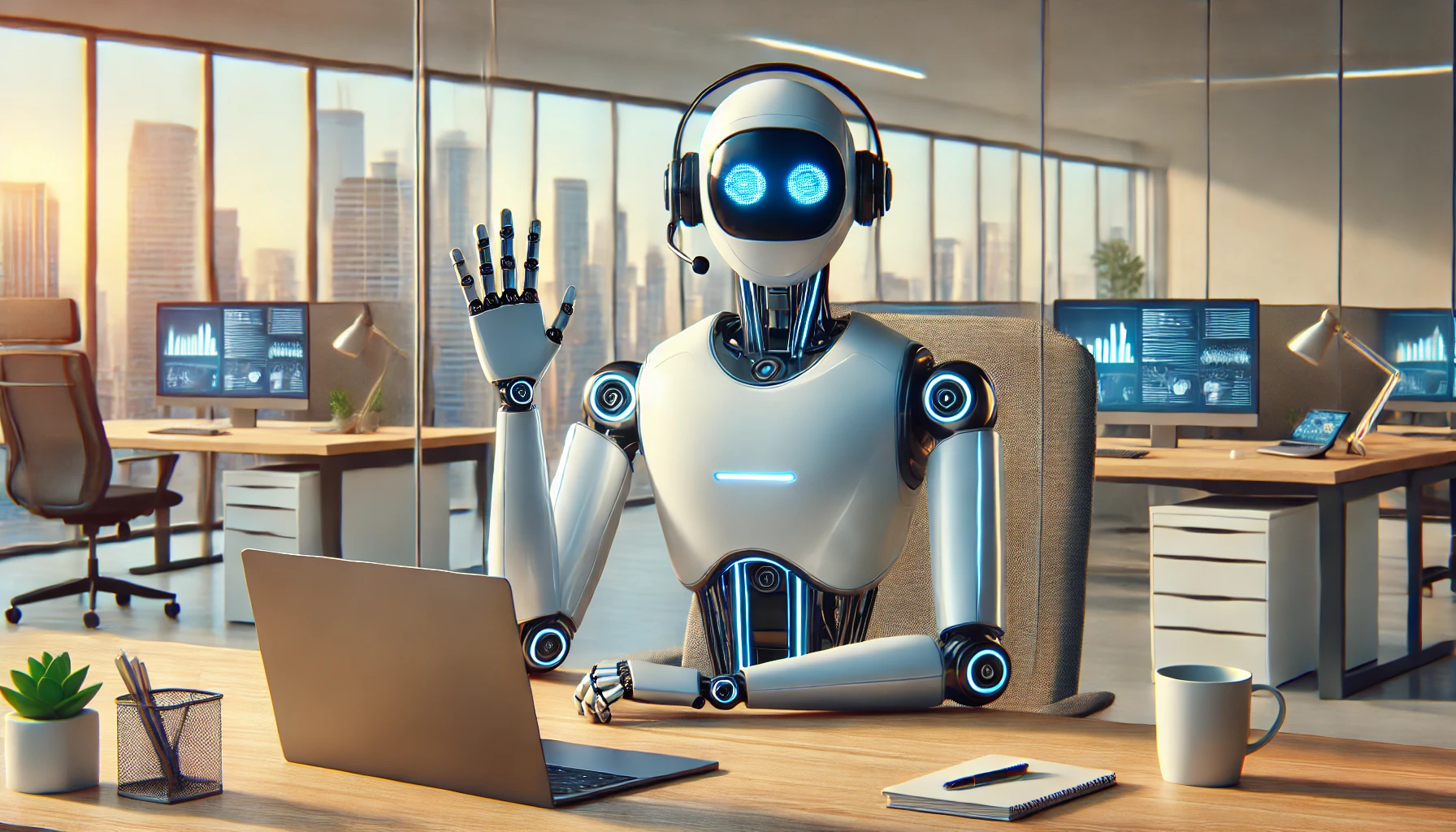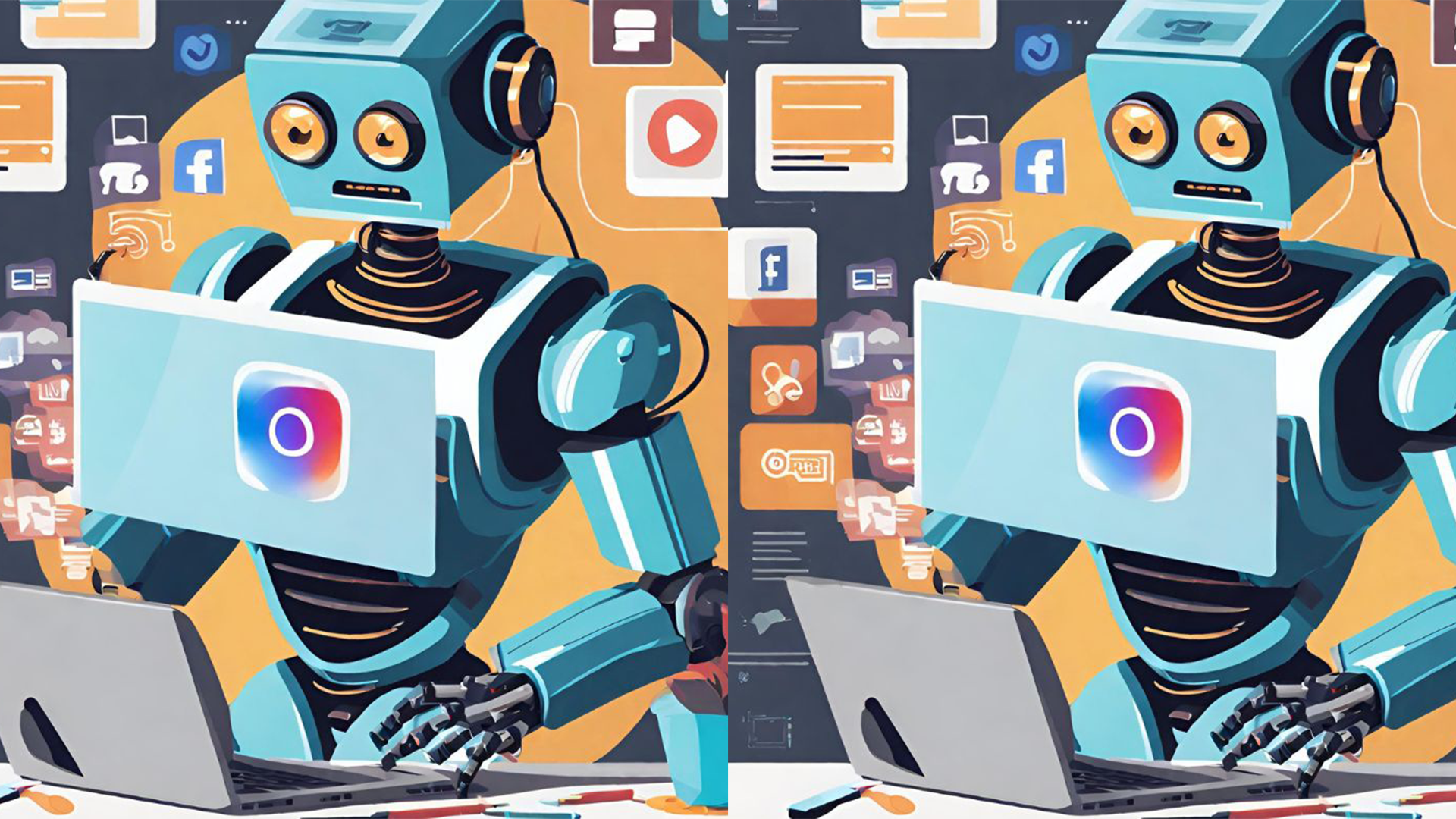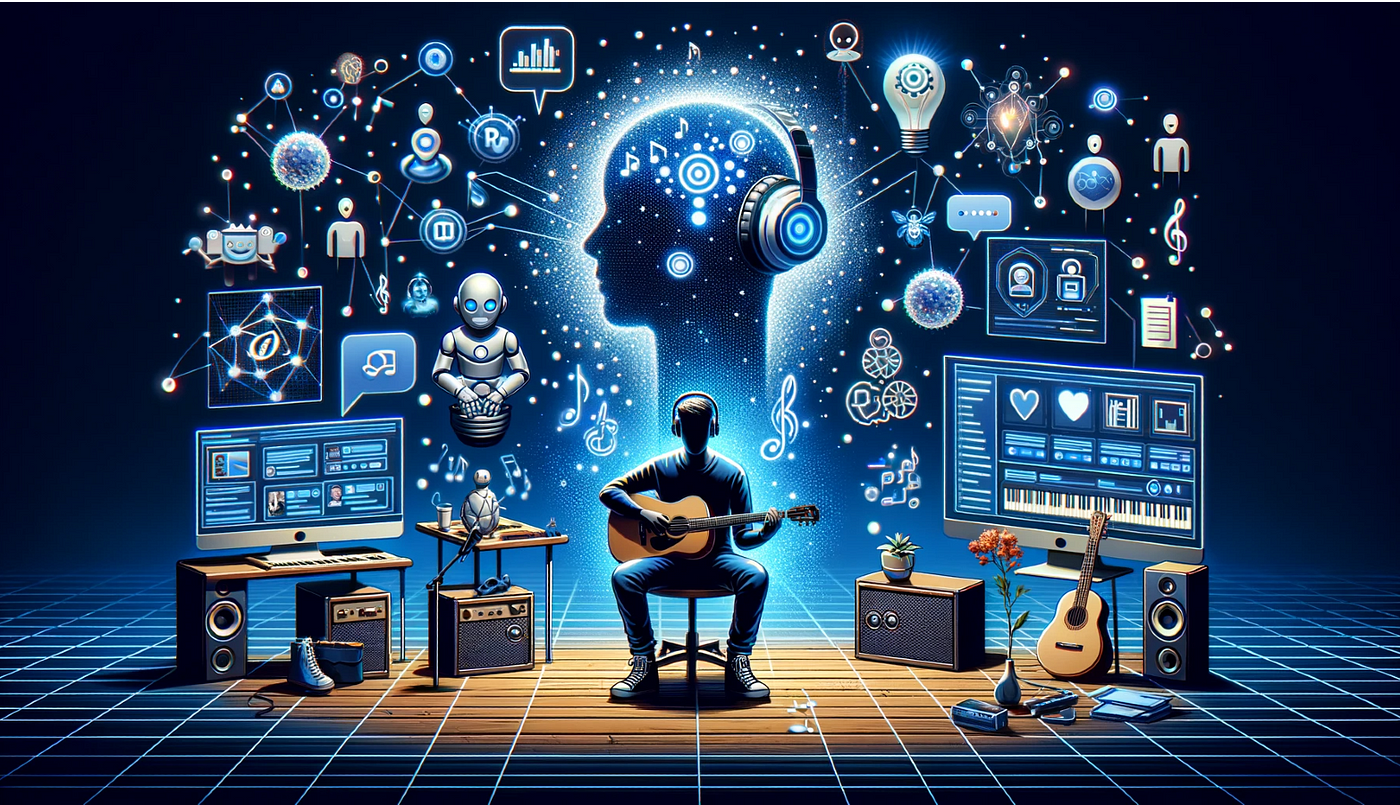Generative AI is a rapidly evolving technology, but with its popularity comes a host of myths and misconceptions. Believing in these myths can create unrealistic expectations or cause unnecessary fear. Here are some of the most common AI myths—debunked.
1. Generative AI Can Think Like Humans
Generative AI mimics human-like responses based on patterns in data, but it doesn’t understand, reason, or think independently. It doesn’t have emotions, consciousness, or self-awareness. It processes input and produces output based on statistical predictions.
2. AI Is Always Right
AI can make mistakes, generate biased results, or produce factually incorrect information. It’s only as accurate as the data it’s trained on and should not be trusted blindly, especially in areas requiring critical thinking or ethics.
3. Generative AI Will Replace All Human Jobs
While generative AI will automate some tasks, it won’t eliminate all jobs. It is more likely to transform roles by taking over repetitive work and allowing humans to focus on creativity, strategy, and complex decision-making.
4. AI Doesn’t Make Mistakes
In reality, generative AI can make many errors—grammatical, factual, or contextual. It can “hallucinate” responses, especially in open-ended or ambiguous prompts. Human oversight is still essential.
5. AI Understands Context and Emotions
Generative AI can simulate empathy or humor, but it doesn’t truly understand emotional nuances. It cannot grasp context the way humans do, and its responses can sometimes be tone-deaf or inappropriate.
6. AI Can Create Original Work
AI creates content based on what it has learned from existing data. It doesn’t create in the same sense humans do. It combines and reshapes existing ideas rather than inventing something entirely new from scratch.
7. AI Is Fully Autonomous
Generative AI needs human input to function—whether in the form of training, prompts, or editing. It doesn’t act on its own and isn’t capable of making independent decisions or taking actions in the real world.
8. AI Is Only for Tech Experts
Many user-friendly tools make generative AI accessible to non-technical users. You don’t need to know how to code to benefit from AI-powered writing, design, or communication tools.
9. More Data Always Makes AI Better
Quality matters more than quantity. Feeding AI with more data doesn’t guarantee better performance. If the data is biased or noisy, the outputs can become unreliable.
10. Generative AI Is a Passing Trend
Generative AI is not a short-term fad—it is a major technological shift. Its applications are expanding across industries like healthcare, education, marketing, entertainment, and beyond.
Conclusion
Understanding the truth behind these AI myths helps users make smarter decisions and use generative AI more effectively. By separating fact from fiction, we can fully harness AI’s potential without falling into the trap of hype or fear.







Leave feedback about this